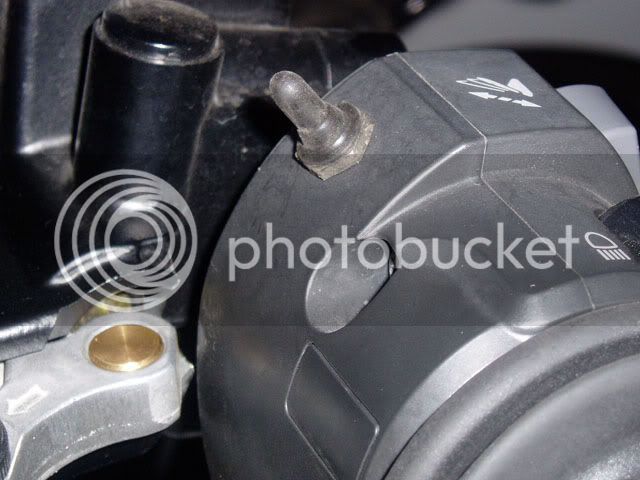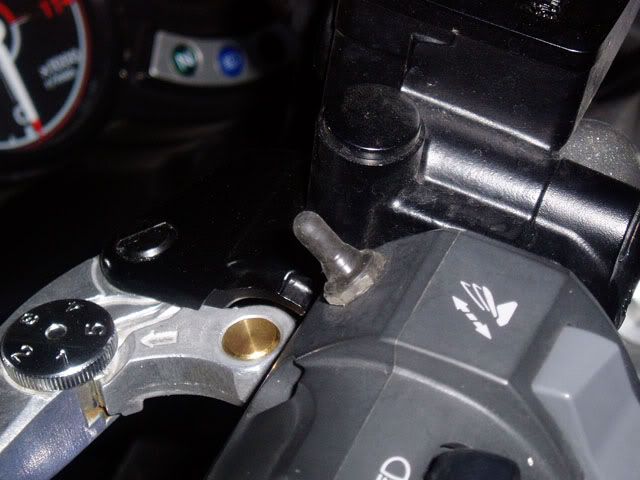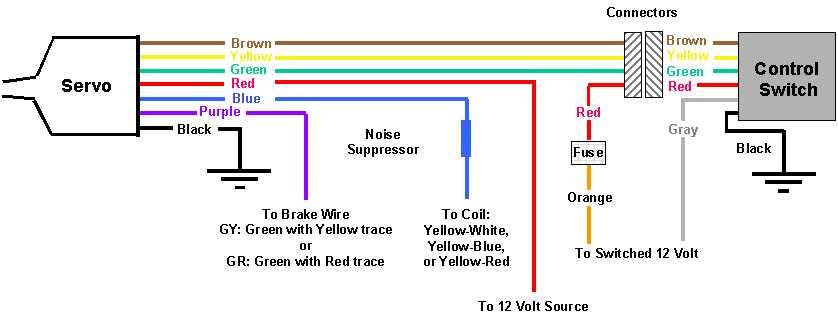Anyone know what the Power on/off signals look like between the control panel and the servo? When I looked at the AVCC manual and saw that the green wire was labeled "Set" and the yellow wire labeled "Resume", I assumed that putting +12VDC on either of those wires would trigger the corresponding function, and it worked perfectly, so simulating Set and Resume with a small toggle switch was easy. (See pics below for my single SPDT w.center OFF toggle switch, which replaces the entire control panel.)
Pushing the switch in one direction connects brown (+12VDC) to green (Set). Pushing the switch in the other direction connects brown (+12VDC) to yellow (Resume). Release the switch and it returns to the center OFF position.
But how would I simulate a 'Power Off" signal to the servo? Bring both green and yellow high momentarily? If so, is that a toggle, where bringing both wires high a second time would toggle the system back on again?


dbx
Pushing the switch in one direction connects brown (+12VDC) to green (Set). Pushing the switch in the other direction connects brown (+12VDC) to yellow (Resume). Release the switch and it returns to the center OFF position.
But how would I simulate a 'Power Off" signal to the servo? Bring both green and yellow high momentarily? If so, is that a toggle, where bringing both wires high a second time would toggle the system back on again?


dbx































































